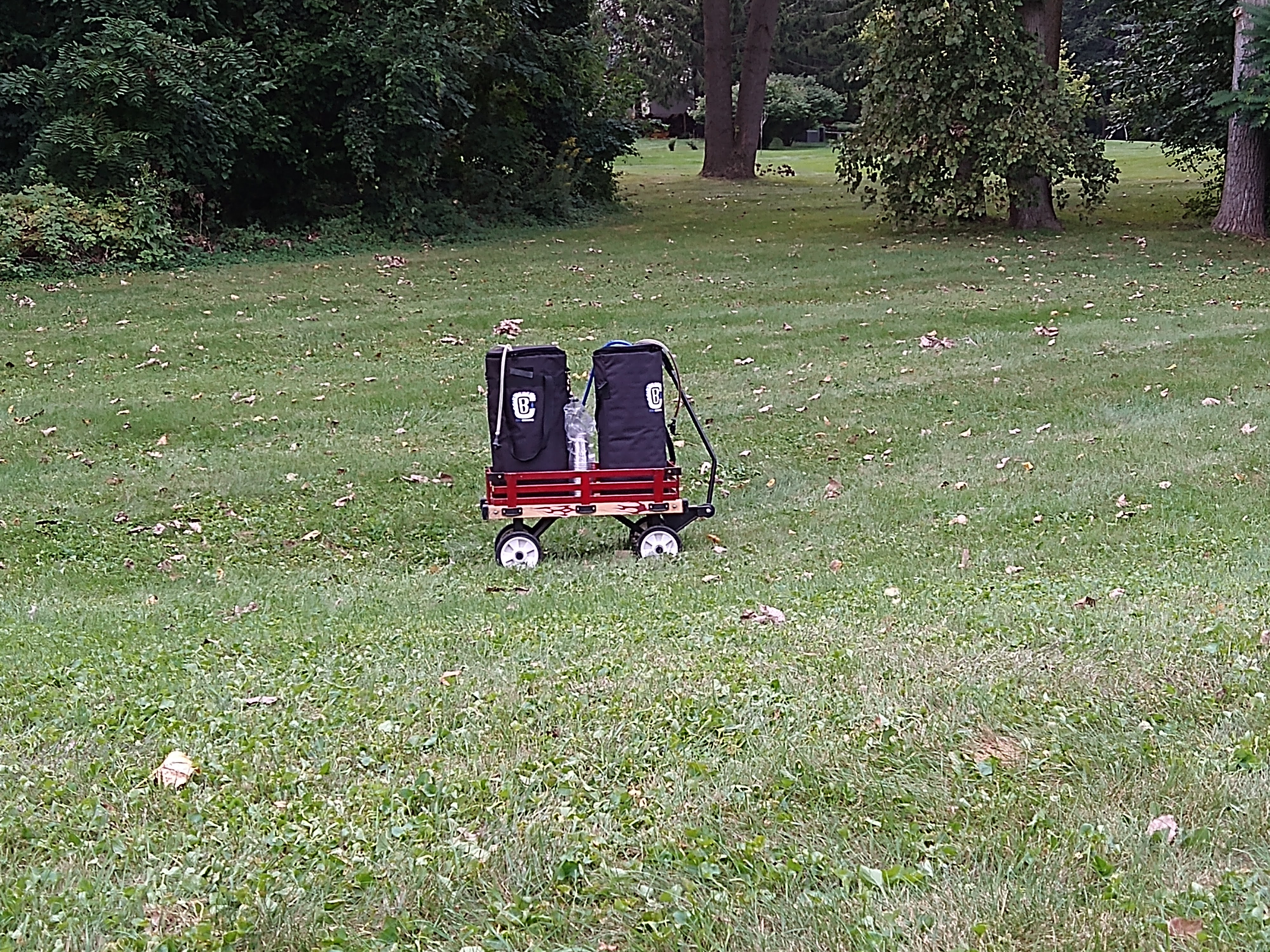In these COVID times, we'll have neighborhood gatherings in the common grassy area in our subdivision on weekends from time to time. I load up a couple cornys on a wagon and roll out there- all of maybe 150-200 ft.
I end up with huge amounts of foam in my picnic tap beer lines, and oftentimes can go 3-4 hours out there without ever having to hook up CO2, because the beer is just so foamy.
It had me wondering if there was a transportation trick with either depressurizing the headspace before a shaky transport, or is it best to leave it at serving pressure?
I end up with huge amounts of foam in my picnic tap beer lines, and oftentimes can go 3-4 hours out there without ever having to hook up CO2, because the beer is just so foamy.
It had me wondering if there was a transportation trick with either depressurizing the headspace before a shaky transport, or is it best to leave it at serving pressure?




